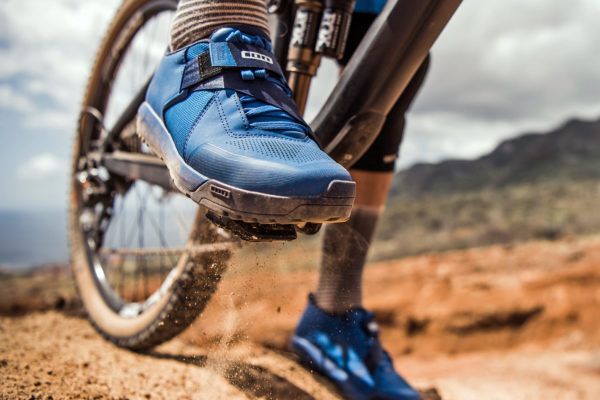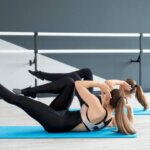Let’s talk bike shoes. Yes, it is possible to ride a bike without buying specialized footwear. However, for the most comfortable and efficient ride, you’ll want to invest in a quality pair of cycling bike shoes. Whether you’re looking for bike shoes for road cycling, mountain biking, or simply cycling for fun, you’ll want to make sure you pick the correct ones for your particular needs. So, how do you choose which cycling shoes are best for your needs? Let’s break it down.
Types of Bike Shoes:
Road Bike Shoes
Road bike shoes are the stiffest of bike shoes. Their cleat bottoms protrude from the smooth/slick sole and work in conjunction with a 3-bolt clipless bike pedal.
Mountain Bike Shoes
Mountain Bike Shoes typically have a stiff sole with grip for traction. The cleat of these shoes is recessed into the sole of the shoe and will work with a flat or 2-bolt clipless bike pedal.
Commuter Shoes
With the softest and smoothest of soles compared to other types of bike shoes, commuter bike shoes have recessed cleat and will work with a flat or 2-bolt clipless bike pedal as well.Now that we understand the types of bike shoes available, let’s look at specific features of the bikes shoes and which retention system will work best for your needs.
Retention systems available for bike shoes include laces, hook & loop, ratcheting, and a dial system shoe. The most common and traditional retention system is laces. The downfall of laces is the potential for them to become untied which would then be a safety concern when riding. A hook and loop system is quick and simple to use and typically is secured with velcro for easy adjustment. For a more precise and adjustable closure we have ratcheting. Buckles and snaps on this type of tightening system will allow you to better finely tune your footwear tightness. A dial system (BOA system) is the most complex option with a knob dialing adjustment and easy quick release.
Other than primarily choosing the perfect bike shoe based on needs, it’s also important to consider buying quality shoes that feel right. Because bike shoes are quite stiff and don’t “break in” like typical footwear, you will want to make sure that they feel comfortable from the get-go. Overall, your bike shoe should be snug, but not uncomfortable. You want to make sure that your foot feels supported from the shoe which will ensure the most comfortable and efficient ride with your bike.
If you need help choosing the best bike shoe for your needs, please contact me.
Train Right, Tri Right,
Coach MJ







